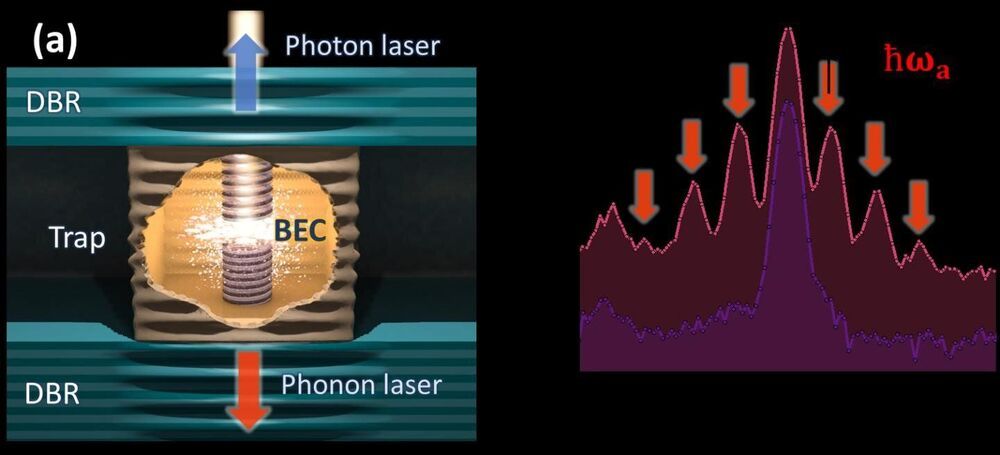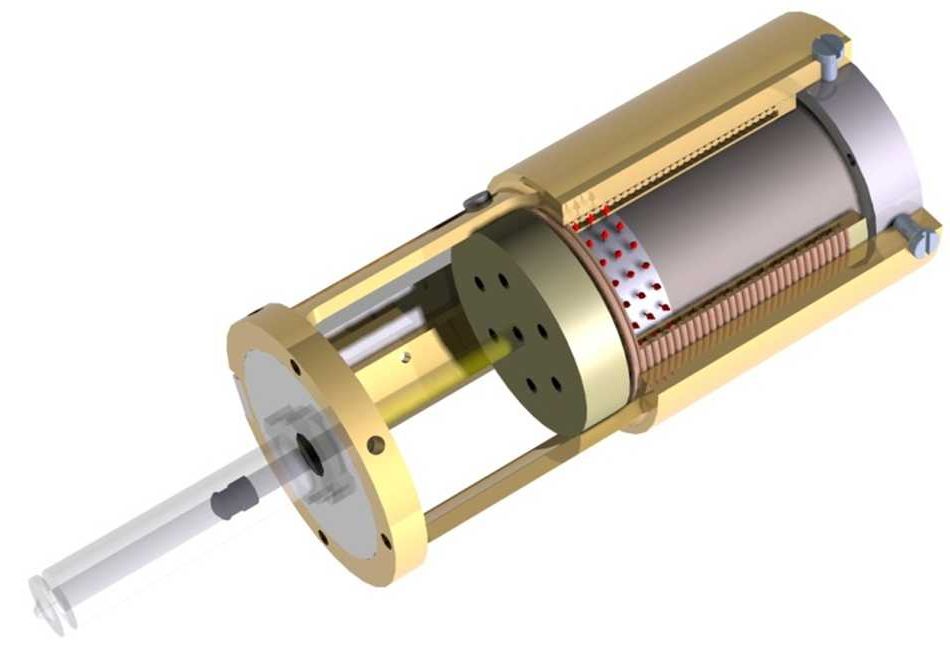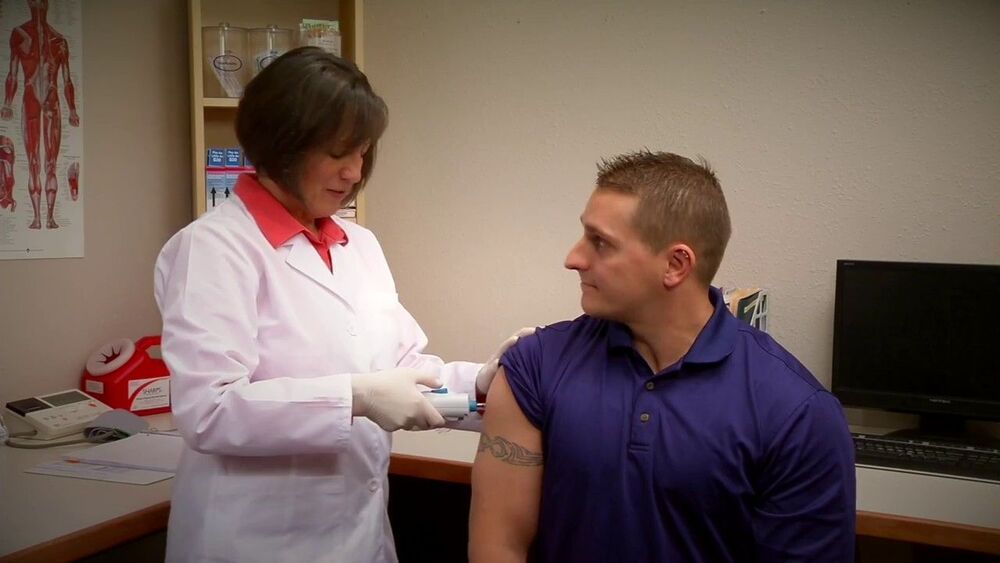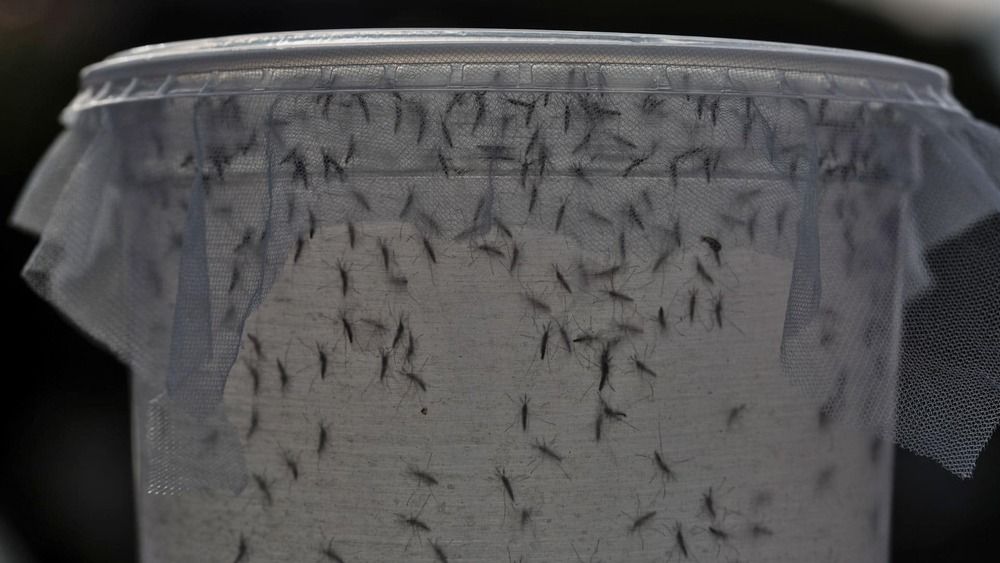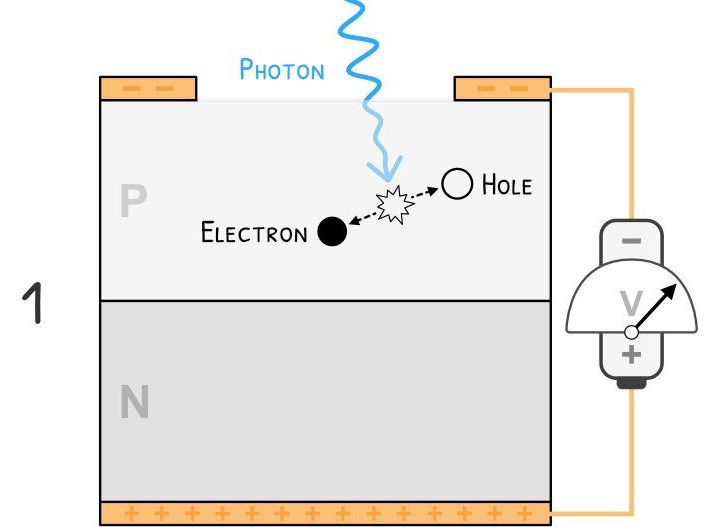Circa 2013 o.o
We may still have a long way to go before we get a warp drive, but we may not have to wait much longer for our very own Star Trek-style phasers.
Scientists at NTT Basic Research Laboratories in Japan have managed to build the world’s first phaser, which is essentially a laser-like emission that works with sound instead of light. Like a laser, but not a laser. Aka a phonon laser. Basically: a phaser.
The technology essentially is able to emit a force via sound waves without the use of a laser, which is a major scientific feat. Scientists working on the project say the leap will make it “much easier to integrate into other applications and devices.”

